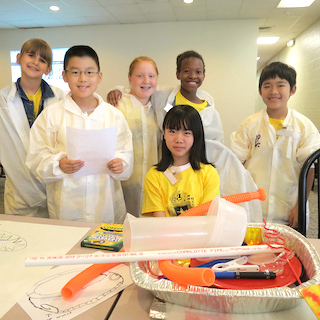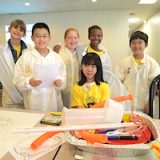Student Teaming Tips for Your STEM Classroom
The ways in which [students] are involved in problem-solving activities is as important to the design of integrated STEM education as the problems themselves.” – STEM Integration in K-12 Education, The National Academies
STEM classes feature collaboration and teamwork – contemporary skills that all students need, no matter what their career paths. Preparing kids to work together successfully in teams plays a critical role in today’s authentic STEM classroom.

Setting your students up for successful teaming will help the activities go smoother and increase the learning value for students. Consider three initial tips to get your STEM teaming venture off to a smooth start:
- Make teaming an ongoing part of your classroom practice. This gives students multiple opportunities to develop needed behaviors and skills.
- Set students up in teams ahead of time. On the day of the STEM lesson they should be ready to get in teams and begin work when class begins.
- Provide teaming tips as needed throughout the lesson. Give students opportunities to self-assess their teamwork regularly.
Written by Anne Jolly as a free supplement to her book STEM by Design (2025), the Student Teaming Tips Handbook is a starter set of ideas you may find useful for priming kids to work creatively and productively in STEM teams.
“As you go about the task of establishing productive student teams in your classroom you will encounter both obstacles and successes,” Anne writes. “Be persistent and committed to making teams work and your students will reap valuable rewards in learning, social skills, and preparation for both life and work.”








